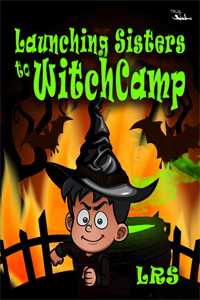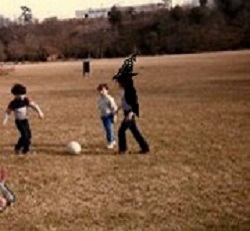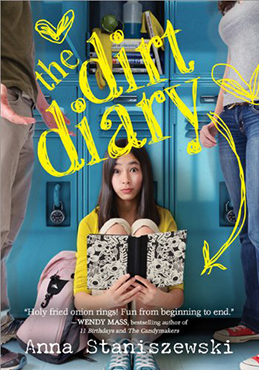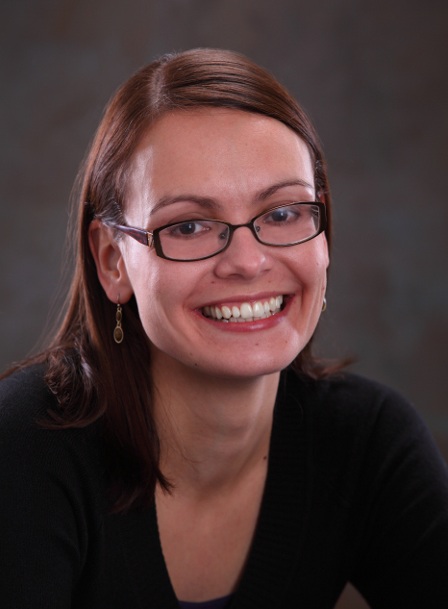I’ve been tagged! Author extraordinaire Kai Strand asked me to participate in the My Writing Process blog hop. Make sure to check out Kai’s post about her (many) works in progress and her blog at http://kaistrand.blogspot.com/.
Now on to the questions I must answer:
1. What am I working on?
I’ve been really mum on the blog lately (and in general) about my WIPs since putting myself in a creative bubble last fall. I’m not exactly ready to bust open the bubble, but a little sharing won’t hurt.
So I’ve been working on drafting two different YA projects. Elixir Saved (which I’ve mentioned on the blog before) is a companion novel to my published YA fantasy Elixir Bound. It has three point of view characters, is epic in scope, and has a central theme of sacrifice. My other YA project is tentatively titled Black Butterfly. And that’s all I’m going to say about that one.
I’m hoping to have good drafts of both done before Baby Boy #2 arrives, but that may be wishful thinking. We’ll see how the drafting progresses.
2. How does my work differ from others of its genre?
My work is different from others in its genre in exactly the same way as any other writer’s is (how’s that for a paradoxical answer!). What I mean is I write stories that only I can tell in a way that only I can tell them. Okay, you want me to be more specific. One important way I try to stand out in the fantasy genre is to feature dynamic female characters with complex relationships among themselves and with the males around them. (Admittedly, there are other fantasy stories, particularly YA ones, that do this, but I think there aren’t enough.)
3. Why do I write what I do?
I write for teens and kids because that is what I love to read. But it goes beyond that, too. Kids and teens are learning and growing in ways an adult never will. A book read by a child has a far greater impact on his/her life than a book read by an adult had on that adult’s life. I think it’s important to offer kids and teens important, deep, diverse, fun, and entertaining reading experiences (not necessarily all provided by a single work). And I’d love to feel like something I’ve created can have even a small impact on a child.
4. How does your writing process work?
I’m not sure I’d say it does work. I often feel inadequately equipped to be a writer. Not because I can’t write well, but because the process can be elusive. Most of my stories start with a driving plot point and a character and grow from there, but I’ve never written two books in the same way. But they eventually get written, so maybe it my process does work.
****
Thanks for reading about my writing process. I’m tagging two more authors extraordinaire Erin Albert and Suzanne de Montigny. Be sure to check out both their posts next week!
Erin Albert (http://www.erinalbertbooks.com/erins-blog.html) is an editor at BookFish Books and author of The Fulfillment Series. Since she picked up Morris the Moose Goes to School at age four, she has been infatuated with the written word. She went on to work as a grammar and writing tutor in college and is still teased by her family and friends for being a member of the “Grammar Police.” In her free time, Erin enjoys acting, running, kickboxing, and, of course, reading and writing. Her favorite place to be is at home with her family and easygoing tabby cat.
Suzanne de Montigny (http://suzannesthoughtsfortheday.blogspot.ca/), author of The Shadow of the Unicorn: The Legacy, was an elementary music teacher for twenty years where she discovered her knack for storytelling. She has nearly completed The Shadow of the Unicorn: The Deception.























